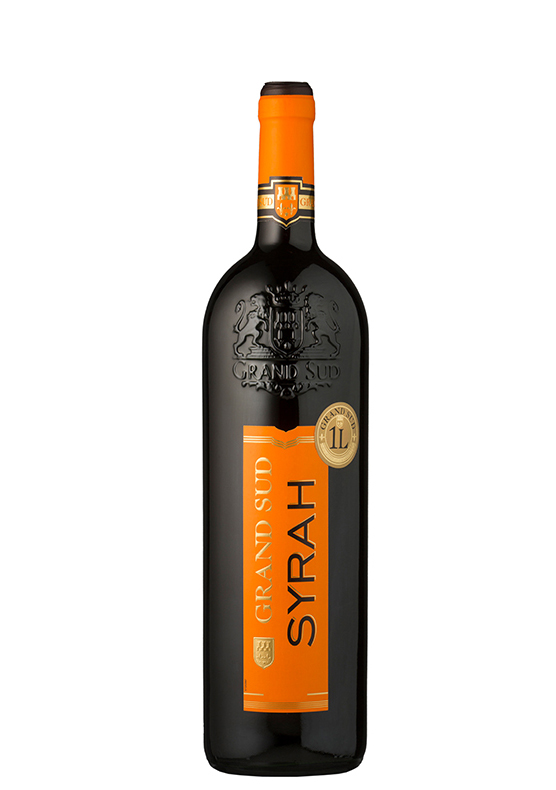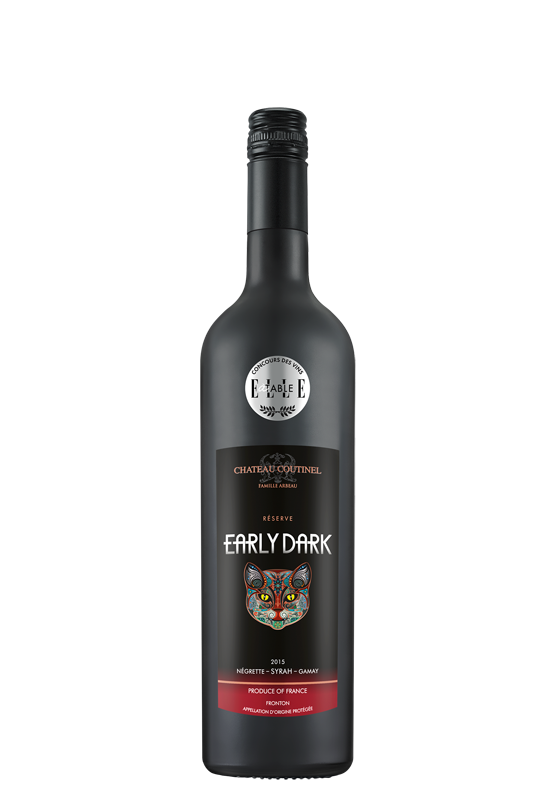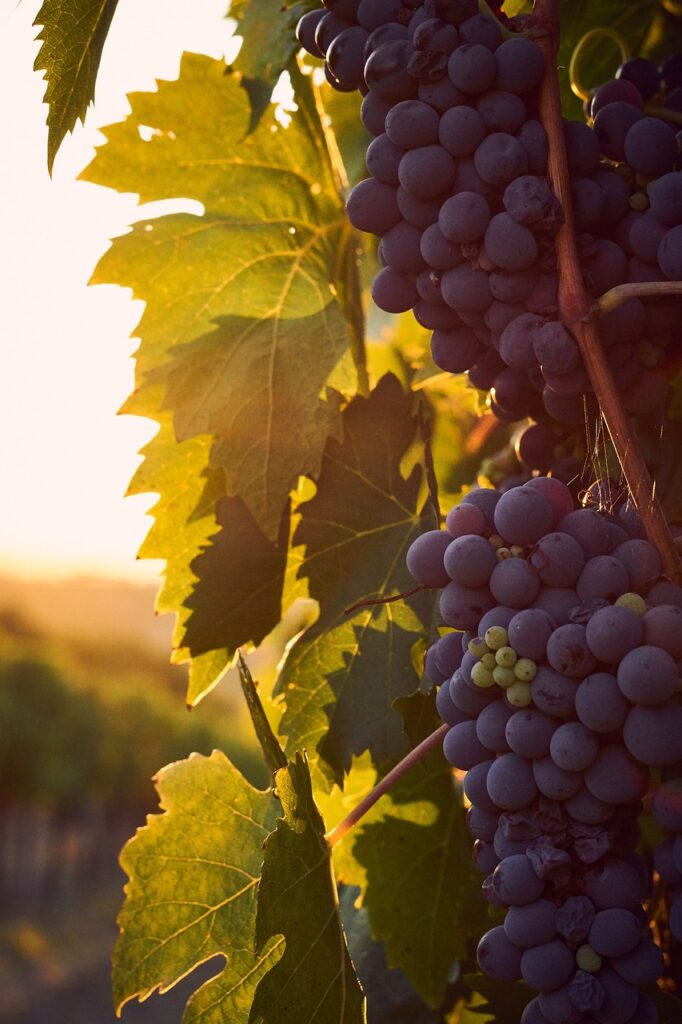Understanding Shiraz vs. Syrah
Every sip tells a story and every grape variety carries a legacy in the fascinating world of wine. Today, we explore two renowned grape varieties – Shiraz and Syrah. The two wines share the same grape but have distinctive characteristics that often lead to confusion and misunderstanding among wine enthusiasts. Here are some facts and myths about Shiraz and Syrah to help you learn more about these captivating wines.
Origins and Etymology:
Let’s begin by exploring the historical roots of these names. Shiraz and Syrah both hail from Shiraz in Iran, where viticulture has flourished for millennia. It is likely that the Syrah grape derived its name from the Persian city. In France, particularly in the Rhône Valley, this grape variety adopted the name Syrah, which is believed to have originated from the Latin name for Shiraz.


Grapes
Shiraz:
Shiraz is the name commonly used in Australia and South Africa to refer to the Syrah grape variety. Australian Shiraz, in particular, has gained immense popularity for its bold, fruity, and often spicy characteristics. The climate and terroir of regions like Barossa Valley and McLaren Vale contribute significantly to the unique flavors found in Australian Shiraz wines.
Syrah:
Syrah, on the other hand, is the name predominantly used in France and other wine-producing regions across the globe. French Syrah wines, especially those from the Northern Rhône appellations such as Hermitage, Côte-Rôtie, and Cornas, are celebrated for their elegance, complexity, and ability to age gracefully. These wines often exhibit notes of dark fruits, pepper, and earthy undertones.

Climate and Terroir Influence:
One of the key factors that shape the characteristics of Shiraz/Syrah wines is the climate and terroir of the region where the grapes are grown. Here are some insights into how these factors impact the wines:
1. Cool Climate vs. Warm Climate:
Syrah wines from cooler climates tend to be more restrained, with pronounced acidity, peppery notes, and a leaner profile. On the contrary, Shiraz from warmer climates often display ripe fruit flavors, softer tannins, and a fuller body.
2. Terroir Variations:
The soil composition, elevation, and proximity to water bodies also play a crucial role. For instance, Syrah grown in granite-based soils may exhibit minerality, while those from limestone-rich soils might showcase more finesse and structure.
Mythbusting:
Now, let’s address some common myths and misconceptions surrounding Shiraz and Syrah:
1. Myth: Shiraz and Syrah are two different grape varieties.
Fact: Shiraz and Syrah refer to the same grape variety. The difference in name is primarily regional and doesn’t denote distinct genetic variations.
2. Myth: All Shiraz wines are big, bold, and jammy.
Fact: While many Shiraz wines from warmer climates exhibit these characteristics, there are also nuanced and elegant expressions of Shiraz from cooler regions that defy this stereotype.
3. Myth: Syrah wines are always expensive and meant for aging.
Fact: While some Syrah wines, especially those from prestigious appellations, command high prices and benefit from aging, there are also affordable and approachable Syrah wines meant for immediate consumption.
4. Myth: Shiraz/Syrah is a difficult wine to pair with food.
Fact: Shiraz/Syrah’s versatility makes it suitable for a wide range of food pairings. From grilled meats and hearty stews to aged cheeses and even chocolate desserts, there’s a Shiraz/Syrah style to complement diverse cuisines.
Tasting Notes:
To truly appreciate the differences between Shiraz and Syrah, it’s essential to understand their typical tasting profiles:
1. Shiraz:
– Aromas: Ripe blackberries, plum, baking spices (such as cinnamon and clove), hints of chocolate.
– Palate: Rich and full-bodied, with soft tannins, moderate acidity, and a lingering finish.
2. Syrah:
– Aromas: Dark cherries, black pepper, violets, smoked meat, subtle herbal notes.
– Palate: Structured and complex, with firm tannins, vibrant acidity, and a savory, sometimes gamey character.
Food Pairing Recommendations:
– Shiraz: Grilled lamb chops, BBQ ribs, spicy Moroccan tagine, mushroom risotto.
– Syrah: Duck confit, venison stew, ratatouille, aged Gouda cheese.
Conclusion:
Shiraz and Syrah display diverse styles influenced by climate, terroir, and winemaking techniques. appreciate these wines’ complexity and pair them with suitable pairings. Whether you prefer the bold allure of Shiraz or the refined elegance of Syrah, there’s a world of exploration awaiting in every glass. Cheers to the endless possibilities of wine discovery!


